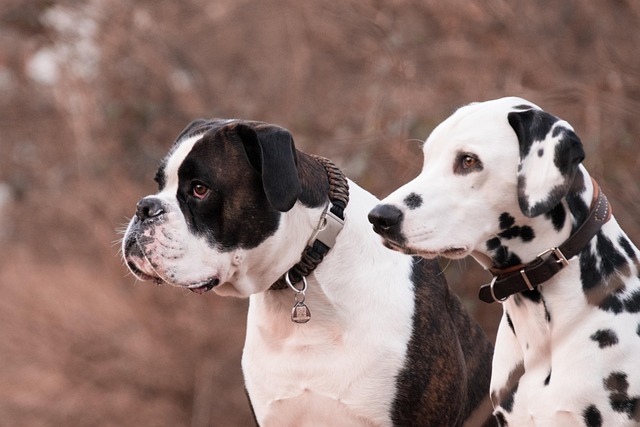
What is glaucoma in a dog?
You might notice your dog squinting more at mealtime or avoiding bright sunlight—these small changes could be early signs of a serious eye condition.
When we bring a dog home with great joy, looking forward to warm and harmonious companionship, the dog's habit of urinating everywhere often gives us a headache. It not only dirties the living environment but also may trigger feelings of annoyance and helplessness within us. However, don't worry. As long as we master the correct methods and patiently guide, dogs can definitely learn to excrete in appropriate places.
There are various reasons why dogs urinate everywhere. Puppies that are relatively young have underdeveloped bladders and sphincters, which results in weak control over excretion. They are very likely to urinate and defecate randomly. This is just like human babies who need a certain amount of time to learn to control their body functions. In addition, dogs have a strong sense of territory. They mark their territorial boundaries through urine. When a new member joins the family, whether it's a new pet or a stranger, or when the dog is taken to a completely new environment, it may urinate to claim "ownership." Moreover, sudden changes in a dog's living habits, such as moving to a new living place or having an irregular feeding schedule, can cause them to experience stress. This is reflected in their excretion behavior as urinating everywhere.

To solve the problem of a dog urinating everywhere, the first step is to choose a fixed excretion spot for it. This spot can be a corner of the balcony or a specific area in the bathroom at home. Try to select a place far away from the living and dining areas, and ensure good ventilation to avoid the lingering of unpleasant odors. After choosing the location, the owner can place a pee pad or a special dog toilet there.
Next, pay close attention to the dog's excretion signals. Dogs usually exhibit some obvious behaviors before excreting, such as constantly sniffing the ground, circling, and squatting. Once these signals are detected, quickly carry the dog to the designated excretion spot. After arriving, say some fixed commands to the dog in a gentle tone, such as "Pee" or "Poop." At the beginning, the dog may not understand the meaning of the commands, but after repeated repetition, it will gradually associate the commands with the excretion behavior.
When the dog successfully excretes at the designated place, be sure to reward it immediately. The rewards can be delicious snacks, such as chicken jerky or cheese cubes, or enthusiastic praise and gentle strokes. This positive reinforcement can make the dog understand that excreting in this place will be recognized and loved by the owner. On the contrary, if you find that the dog urinates in the wrong place, never scold or hit it. Because scolding and hitting not only fail to make the dog understand the owner's intention but may also make it feel fear and anxiety, further exacerbating the excretion problem. At this time, the owner can stop it in a serious tone, for example, by saying "No" loudly, and then quickly clean up the urine and remove the smell to prevent the dog from being attracted to this place to urinate again.
Training a dog to excrete in a fixed place requires a great deal of time and patience from the owner. This process may not be smooth sailing, and the dog may make mistakes repeatedly. However, as long as we persevere and always guide it with the correct methods, the dog will eventually develop good excretion habits. After all, dogs are our most loyal companions. They give us unconditional love and companionship, and we should use endless patience and care to help them become better family members. Let's work together to create a clean and comfortable living environment for our dogs, and make our lives more beautiful because of their presence.

You might notice your dog squinting more at mealtime or avoiding bright sunlight—these small changes could be early signs of a serious eye condition.

Let’s set the scene: It’s a sweltering Phoenix afternoon—105°F outside—and you rushed your 2-year-old Lab mix, Cooper, on a quick walk to “get it over with.”

Let’s get real: You’re in your Miami apartment, watching your 3-year-old Corgi, Loki, struggle to climb the stairs to your second-floor unit.

Many dog owners brush off occasional scratching as just “dog behavior,” but persistent itching often signals something more—like a food allergy.

You might first notice your dog scratching more than usual—chewing at their paws until the fur looks thin, or rubbing their face against the couch nonstop.

Let’s be real: You’re standing in your Chicago apartment, watching your 3-year-old Beagle, Max, huff and puff just to climb onto the couch.